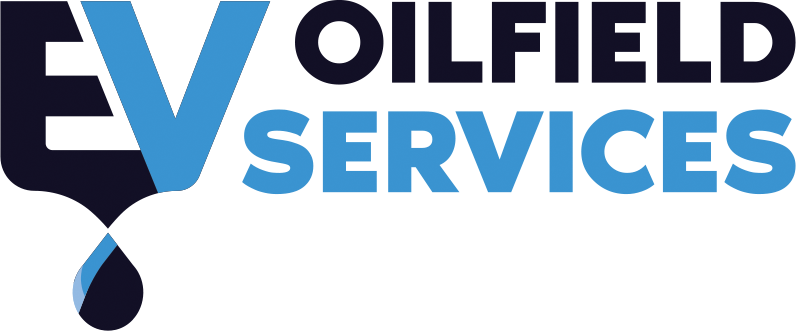How Oilfield Services Companies Strategize for Structural Changes?
With the fall in prices of oil, many operators have taken steps to reduce the aftermaths. Most of these measures can be categorized as short-term and cyclical initiatives, for instance, downsizing and reducing unit costs. They are only possible due to the imbalance of supply-and-demand. This has greatly impacted the oil field service companies as described by significant marginal fall.
A change has come in the buying standards of operators and they now pay more attention to price, risk sharing, integrated solutions, standardization, and integrated solution. To meet this, oilfield companies have to go through a structural change for which they need to offer economical solutions for their customers or bring change in their propositions. As such these companies have initiated the cost-reduction initiatives, the second option is more feasible. There is no standard solution.
The structural changes can take different forms such as alternative commercial models, the offering of contracts based on performance, a shift of Capex to Opex-based models, and others. It will need the conversion of the operation model and also preparing the capabilities that will guarantee profitability and commercialization.

Image Source: Marketplace.org
Structural change is of great importance
In the days with high oil prices, consideration of risk and costs were not prioritized much as compared to bringing the oil. This led to a rise in upstream project complexity, which resulted in an equal rise of risks owned by operators and controlled by service companies.
This prolonged decline revealed the risk of these practices for sanctioning of projects and strategies of contractor engagement. Operators addressed it by redeploying risks and stressing on productivity optimization and cost control. Due to this, the oilfield service companies are facing enormous pressure to react to the rising needs for the reduction of structural cost and modifications in the buying criteria of their customers.
The value proposal is at the core of conversion
Oilfield Service companies are required to change their value propositions if they want to bring the structural change and line up what they want to offer with the transforming buying criteria. This can happen with:
- Commercial up-gradation and changing the current offerings.
- Integrated services, systematized, and modular solutions.
- Universal adoption.
The inventive commercial models
INVEST ALONG WITH THE CUSTOMER
In this model, the oilfield service companies provide capital in projects through products, technologies, services, and finances. The firm’s returns are connected with the success of the project in the form of hydrocarbon share or equity profit share.
As the company takes greater risk, this lessens the growth risk for the customer. This model enhances the sanctioning attractiveness of the project due to fewer risks and deduction in the customer’s primary capital outlay. It permits them to retain asset’s ownership. This model also advances learning by lining-up interests and making sure that operators and suppliers improve their performance collectively.
OPEX-BASED MODELS OF PRICING
In this model, the companies rent an asset for a specific time period, while being in charge of its costs and performance. As it converts the Capex outlay of customers to Opex, it lessens the up-front capital investment. It reduces the operating expense of the customer and also enhances performance on return on investment ratios. Another benefit of this model is that it motivates the company to enhance performance.
OUTCOME-BASED MODELS
Here, the oilfield service companies give services and products with payments related to the performance metrics. It lowers the upfront expenses for customers and transfers project risks partly to the company and encourages to raise performance. This model lessens the hidden expenses and time, as performance is the sole focus.
Variation in reward and risk concerning value proposition
The blend of outcome-based pricing models and integrated solutions can greatly enhance the value proposition and boost the profitability potential or earnings. It means that the positive aspect connected with applying these models is greater than the risk connected with cost overflow.
The reasons behind it are:
- Aligned interests, enhanced transparency, and trust throughout the value chain.
- Improved skill of value chain to manage outcomes.
- The persuasive value proposition for the operators.
The Final Words
In retaliation to changing market, operations are needed to bring the structural changes. As no one among these is universal, many are looking for success with the offering of contracts based on performance, alternative commercial models, a shift of Capex-to Opex-based models. The shift needs modifying the operating model and evolving the set of skills to be sure of profitability and commercialization.





